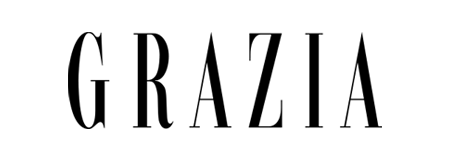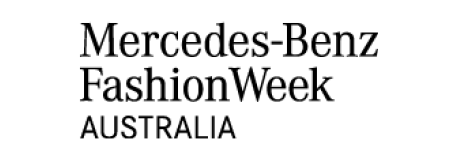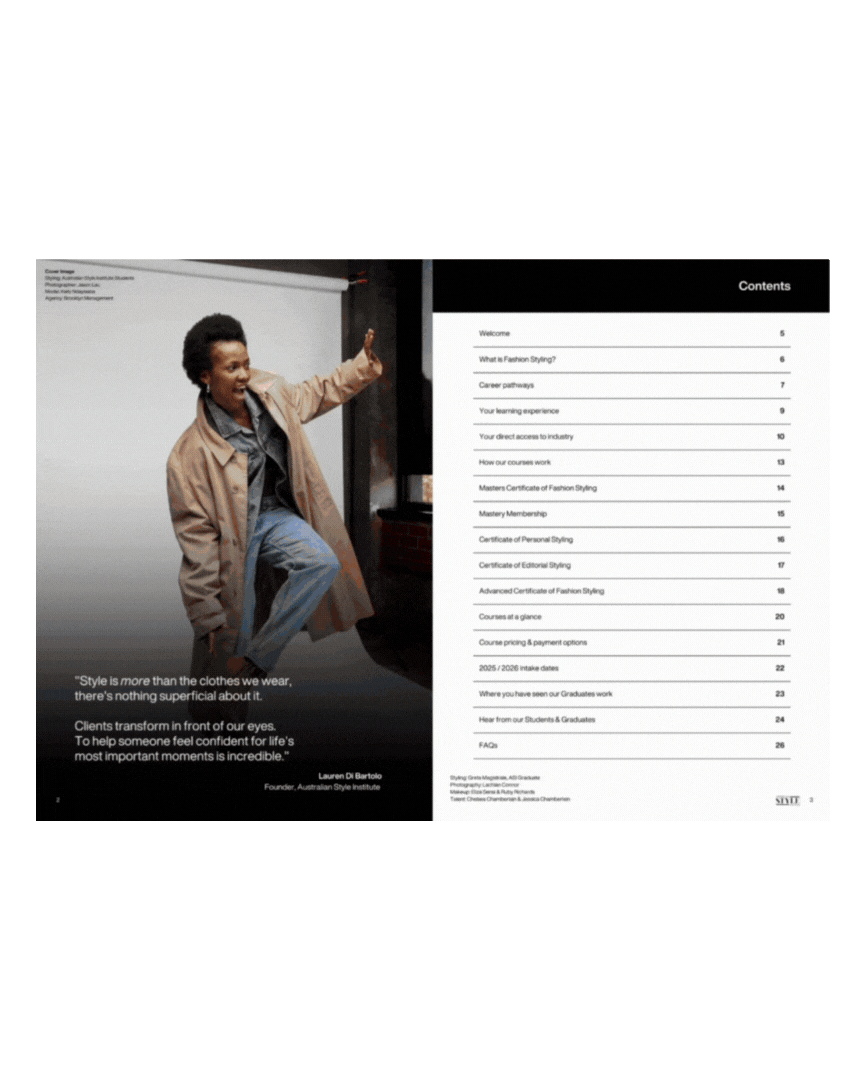“I always try to create styles that are flattering, timeless and comfortable so they can be worn and enjoyed for years” – Jillian Boustred
When buying a new jumper for your wardrobe, do you think about the hands who made it or how the style came about?
The development of a new style isn’t an easy one, to discover more about the process, I chatted to Australian designer Jillian Boustred from her namesake label – Jillian Boustred. By creating modern garments with a focus on natural fibres, Jillian is ensuring that her labels environmental footprint is low. Natural fibres (such as linen and cotton) use less water and biodegrade faster compared to synthetic fabrics. Some of which can take 20 – 200 years to decompose in a landfill
I have been drawn to Jillian’s work for a few years now. Not just because of her commitment to supporting the declining local manufacturing industry (90% of her garments are manufactured in Australia), but also because of her focus on small production runs and avoiding waste with the growth of her label. Her commitment to creating an ethical fashion label has been inspiring and I am keen to see what the future holds for Jillian Boustred. She is sure to become a key example of ethical design for future generations.
Tell us the backstory of your brand “Jillian Boustred” and why sustainability is important to your mission?
Jillian: When I began my brand in 2015, my main intention wasn’t to be so focused on sustainability. As I became more aware of the effect fashion has on the environment, the importance of sustainability naturally evolved as the brand grew. Now it plays a really big role in the brand as something I actively consider in all of my designs and collections. I do this by trying to focus on natural fibres and creating timeless styles that have longevity as well as doing small production runs to avoid waste.
Why did you make the decision to manufacture locally in Sydney instead of overseas?
J: Locally made plays an important role in sustainability as it means garments aren’t being transported by air and they don’t arrive individually packaged in plastic. It also means I’m able to produce small, considered quantities avoiding excess stock at the end of the season.
As my own brand grew this became an integral part of its ethos, particularly as people were starting to appreciate the notion of ethical fashion. I’ve now been working with a really amazing network of manufactures for over 5 years, with a lot of them operating out of their homes or their own factories in Sydney. This means I can work closely with them from sampling to production, giving me a huge appreciation for their skill and attention to detail which is reflected in our products.
Talk us through your designing process. Where do you draw inspiration from? What are your favourite fabrics to use?
J: My design process often starts with fabric sourcing, sketching and mood boarding. I will often sketch lots of shapes and styles to get some initial ideas flowing as well as mood board colours, textures and prints.
Sourcing the right fabrics can be tricky, requiring quite a lot of researching – I’ll often visit my preferred Sydney based fabric suppliers and search through what they have available.
Then I begin sampling the garment, which can be a lengthy process as creating a new style is quite technical. Together with a pattern maker, we will mock-up samples until the style and fit are perfect. I always try to create styles that are flattering, timeless and comfortable so they can be worn and enjoyed for years.
There has been a huge demand for more transparency in the high street brands in the past few years. What would you like to see more of from the big fast fashion brands?
J: I’m really not a fan of big fast fashion brands because the clothes are poorly made and the fabric is mostly synthetic or poor quality. I would like to see the pace of seasonal releases slowed down as well as the clutter of trend-based collections, which is what creates the culture fast fashion – their focus is on “new” transient styles, rather than classic and timeless styles which we can fall in love, re-purpose and re-wear time and time again.
What does the future for Jillian Boustred look like?
J: I would love to get more into some organic fabric, with a focus on organic cotton. I always try to source fibres that are sustainable or have sustainable properties, however, it can be difficult to find them – especially in Australia where we are a bit more limited for choice. I am hoping that as the demand increases we may see more fabric suppliers and mills producing these fabrics. Fingers crossed!
Discover more about Jillian Boustred over on her website and see her latest collection on her Instagram.
What Next?
As our current climate calls for a reduction in the relentless churn of trends, Jillian’s dedication to a slower approach is refreshing. Instead of filling our wardrobes with items from every new drop, let’s become more considerate of our next purchase and look to designers like Jillian for those classic, timeless pieces. To put it simply, what we wear, matters.
If Jillian’s story has inspired you to rethink your purchasing habits and consider the importance of where you spend your dollar. I have created a starters guide on some easy habits to introduce next time you are shopping for yourself or your clients.
With many confusing terms floating around the fashion landscape right now, it’s understandable for anyone to become confused about which brands to support. Here’s a handy glossary of sustainable fashion jargon to help arm you with the knowledge needed next time someone asks you about ‘greenwashing.’
By Jenna Flood
ASI Graduate and Sustainable Stylist

 <
<






